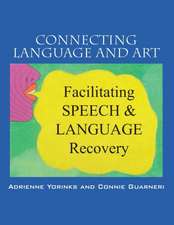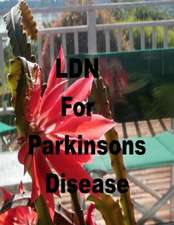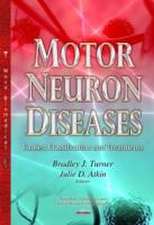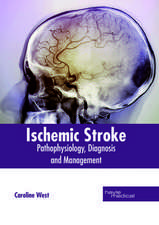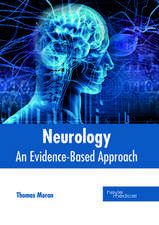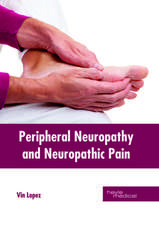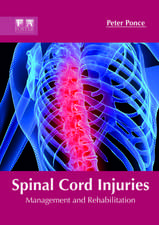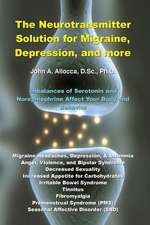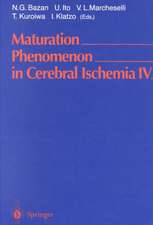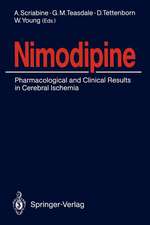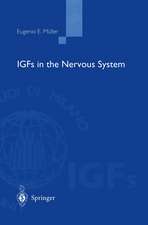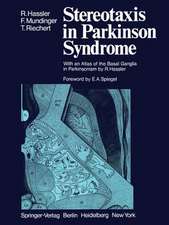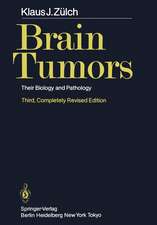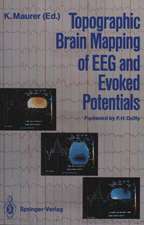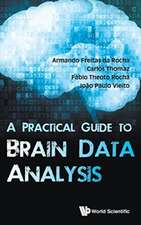Repetitive Transcranial Magnetic Stimulation Treatment for Depressive Disorders: A Practical Guide
Autor Paul B Fitzgerald, Z. Jeff Daskalakisen Limba Engleză Hardback – 3 mai 2013
| Toate formatele și edițiile | Preț | Express |
|---|---|---|
| Paperback (1) | 686.72 lei 38-44 zile | |
| Springer Berlin, Heidelberg – 18 mai 2015 | 686.72 lei 38-44 zile | |
| Hardback (1) | 713.54 lei 6-8 săpt. | |
| Springer Berlin, Heidelberg – 3 mai 2013 | 713.54 lei 6-8 săpt. |
Preț: 713.54 lei
Preț vechi: 751.10 lei
-5% Nou
Puncte Express: 1070
Preț estimativ în valută:
136.55€ • 142.04$ • 112.73£
136.55€ • 142.04$ • 112.73£
Carte tipărită la comandă
Livrare economică 14-28 aprilie
Preluare comenzi: 021 569.72.76
Specificații
ISBN-13: 9783642364662
ISBN-10: 3642364667
Pagini: 180
Ilustrații: X, 125 p. 11 illus., 10 illus. in color.
Dimensiuni: 155 x 235 x 15 mm
Greutate: 0.36 kg
Ediția:2013
Editura: Springer Berlin, Heidelberg
Colecția Springer
Locul publicării:Berlin, Heidelberg, Germany
ISBN-10: 3642364667
Pagini: 180
Ilustrații: X, 125 p. 11 illus., 10 illus. in color.
Dimensiuni: 155 x 235 x 15 mm
Greutate: 0.36 kg
Ediția:2013
Editura: Springer Berlin, Heidelberg
Colecția Springer
Locul publicării:Berlin, Heidelberg, Germany
Public țintă
Professional/practitionerCuprins
TMS and rTMS: Basic Principles.- History of TMS and rTMS.- Mechanism of action: Plasticity, Inhibition, Molecular (i.e., BDNF).- Safety Considerations of rTMS in Depression.- Acute rTMS treatment for MDD - evidence base.- Acute rTMS treatment for MDD - clinical indications / patient selection.- Identification and Management of Side Effects.- Maintenance rTMS Treatment in MDD.- Practical issues: equipment, treatment program set up, certification, patient information.- Resources - include checklists, safety screens, symptom inventory etc.- rTMS applications in other disorders.- Novel rTMS treatment approaches in MDD.
Recenzii
From the reviews:
“This is a practical book for clinicians working with or wanting to learn about the use of TMS in the treatment of patients with depression. … The audience is healthcare professionals interested in understanding the mechanism of action, clinical indications, treatment variables of dose and duration, and side effects of TMS in the treatment of patients with depression and possibly in other psychiatric conditions. … Each chapter ends with a list of references.” (Edgar I. Hernandez, Doody’s Book Reviews, September, 2013)
“This is a practical book for clinicians working with or wanting to learn about the use of TMS in the treatment of patients with depression. … The audience is healthcare professionals interested in understanding the mechanism of action, clinical indications, treatment variables of dose and duration, and side effects of TMS in the treatment of patients with depression and possibly in other psychiatric conditions. … Each chapter ends with a list of references.” (Edgar I. Hernandez, Doody’s Book Reviews, September, 2013)
Textul de pe ultima copertă
Repetitive transcranial magnetic stimulation (rTMS) treatment is increasingly being used in the management of patients with depression. Since the approval of one rTMS device in the United States in 2008, clinical services using this equipment have become relatively common there, and services are also being developed in a variety of other countries. However, considerable ignorance exists about the treatment in general psychiatric practice. This concise clinical guide will serve as a reference and practical tool for clinicians working with or learning about this treatment technique.
The opening chapters provide basic information on the history and development of rTMS treatment and its mechanism of action. Use of the treatment in depression is then addressed in detail, with explanation of the evidence base and discussion of clinical issues such as selection of patients and type of treatment, dose, and treatment duration. Side-effects of treatment are explored, and careful consideration is given to various practical issues concerning the establishment of rTMS treatment programs and the training of clinicians. The final chapters will provides a brief overview of potential rTMS applications in other psychiatric conditions and some background on the use of related treatments, such as transcranial direct current stimulation.
The opening chapters provide basic information on the history and development of rTMS treatment and its mechanism of action. Use of the treatment in depression is then addressed in detail, with explanation of the evidence base and discussion of clinical issues such as selection of patients and type of treatment, dose, and treatment duration. Side-effects of treatment are explored, and careful consideration is given to various practical issues concerning the establishment of rTMS treatment programs and the training of clinicians. The final chapters will provides a brief overview of potential rTMS applications in other psychiatric conditions and some background on the use of related treatments, such as transcranial direct current stimulation.
Caracteristici
Concise guide for clinicians working with or learning about this treatment technique Considers the evidence base and a range of clinical issues Discusses establishment of rTMS treatment programs Reviews potential rTMS applications beyond depression

